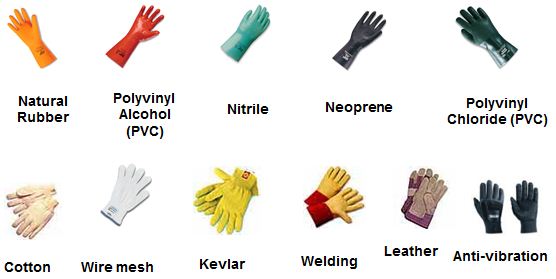Work gloves are one of those things that many people take for granted, but when it comes time to buy a new pair, what sort of qualities differentiate a good, durable pair from a bad pair of work gloves?
 Price is not always the best indicator of quality. There are many expensive work gloves that offer poor protection, aren’t made of the best quality materials, and won’t last as long as many more affordable work gloves. So don’t expect to get the best just because you paid the most.
Price is not always the best indicator of quality. There are many expensive work gloves that offer poor protection, aren’t made of the best quality materials, and won’t last as long as many more affordable work gloves. So don’t expect to get the best just because you paid the most.
How Will the Work Gloves Be Used?
When considering which work gloves to buy, it’s important to think about how you will be using them:
- What sort of substances will you be handling?
- Are there any specialized hazards you may be facing (such as open wiring, wet conditions, etc.)
- What will be the contact duration and how will it occur?
- Are there any physical details of the wearer that need to be considered (such as hand size, allergies, deformities and so on)?
Work gloves, such as those offered by Bahrns, are available in both natural and synthetic materials. While some work gloves are designed to prevent the wearer from coming into contact with harmful substances, in some cases the gloves themselves may be harmful to the wearer, such as when they are the incorrect size or are made of a material to which the wearer is allergic.


